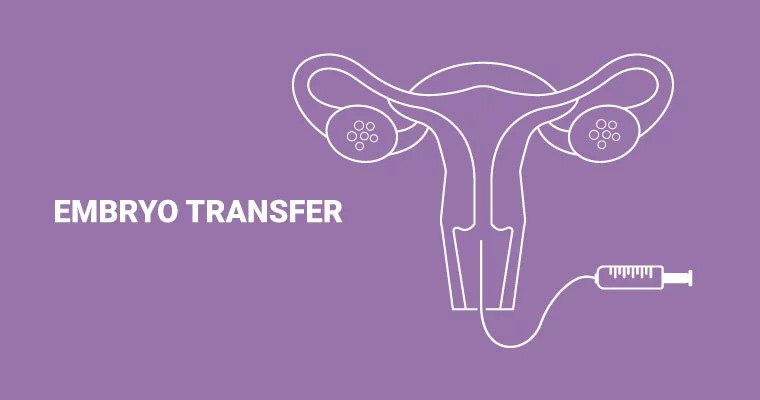When considering surrogacy either as an Intended Parent or as a Surrogate, you must know that there are two types of surrogacy: Traditional Surrogacy and Gestational Surrogacy.
Traditional Surrogacy
Traditional Surrogacy is the process of a woman donating her egg as well as carrying the child, meaning that she holds genetic ties to the baby. In Traditional Surrogacy, the surrogate mother is artificially inseminated with the sperm of the intended father or from a sperm donor. This small difference holds a big impact on the process and tends to be more legally and emotionally complicated, which is why this method is less common than Gestational Surrogacy.
Gestational Surrogacy
Gestational Surrogacy, also called host surrogacy, is the most common type of surrogacy today. It is the process of a woman carrying a child with no genetic ties to her. In Gestational Surrogacy, eggs are extracted from the intended mother or an egg donor and mixed with sperm from the intended father or a sperm donor in vitro. The embryos are created in a laboratory and they come from the Intended Parents.
It is legally agreed before starting with the process of Gestational Surrogacy that you will not be giving up your baby since you would not have a genetic tie to the baby.
At the end of the day, in both situations, whether it is Traditional or Gestational Surrogacy, the baby is carried to term and is then released to the Intended Parents for them to raise as their child.
What is an embryo transfer?
When discussing surrogacy, you also hear the words “Embryo transfer.” As a Surrogate, this might sound like something scary, but this is where the possibility of a miracle happens. This is the part where you get mixed emotions; you are excited and nervous in a good way.
After deciding on either method and you have done all the requirements of an IVF Procedure (In Vitro Fertilization), the last and most important step is the embryo transfer. This means transferring a fertilized embryo to the Surrogate’s uterus. You must understand that some risks and precautions come along with the embryo transfer.
First, the doctor chooses the best eggs to transfer to the womb about 2 or 3 days prior to the transfer. The transfer is very similar to a pap smear. The doctor will insert a speculum into the Surrogate’s vagina to keep the vaginal walls open. Using ultrasound to be more accurate, the doctor will then pass a catheter through the cervix and into the womb. From there, the embryos are passed through the tube and into the womb.
This process rarely requires any sedatives and is usually pain-free, you may feel some discomfort from the speculum inserted or from having a full bladder, given that it’s required for the ultrasound. The process is very quick and simple, and the bladder can be immediately emptied afterward. Each woman´s body is different, and while some of you may feel nothing at all, others might find this a bit uncomfortable; but remember that this is the beginning of a wonderful journey to a miracle of life.
For a pregnancy to begin, the embryo must then attach itself to the wall of the Surrogate’s womb or uterus. After seven to nine days the doctor can confirm that the embryo is indeed in place and ready to grow! You’re on your way!






